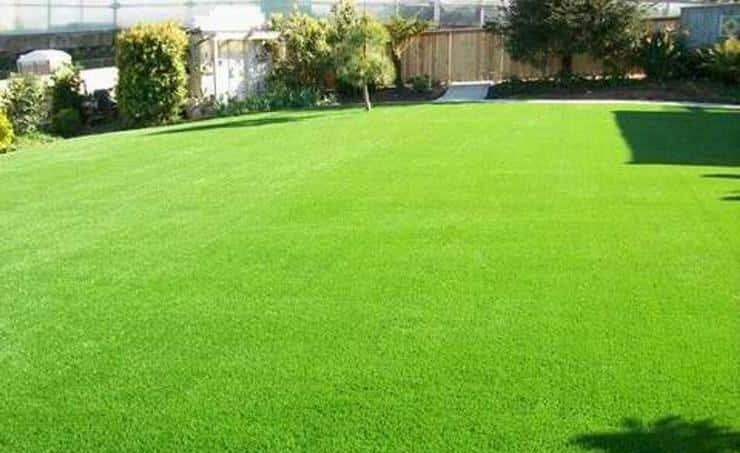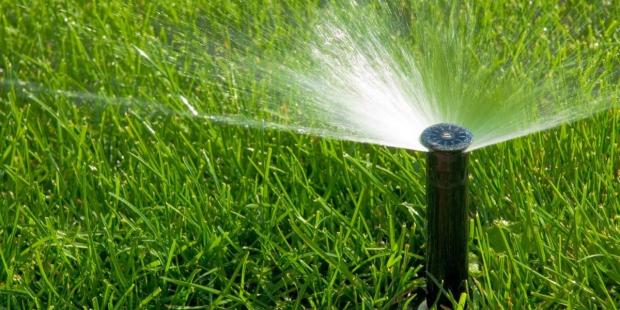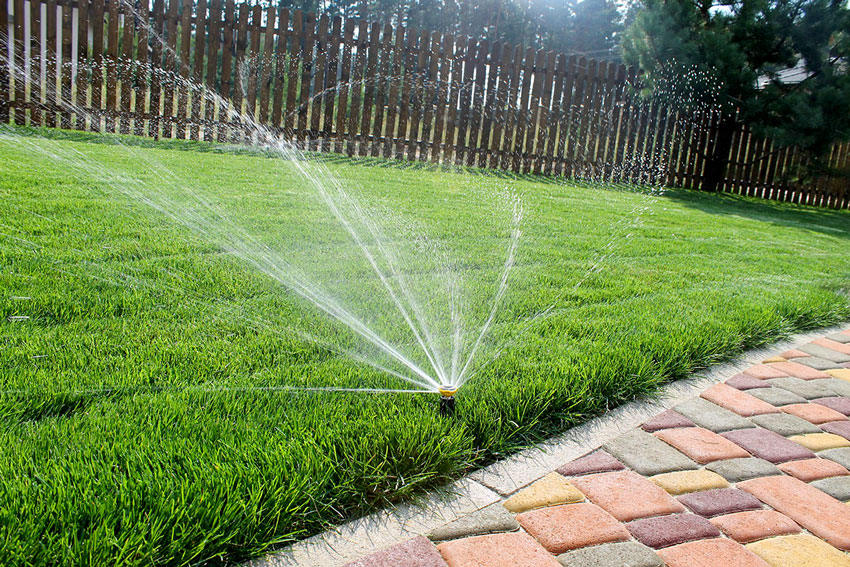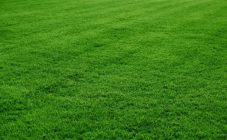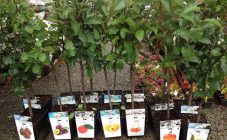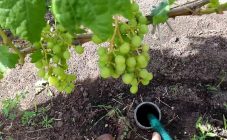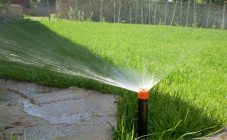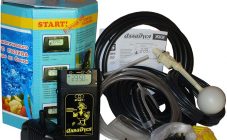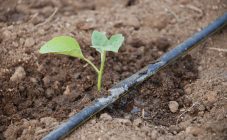Content:
A beautiful and well-groomed lawn will be a great addition to the landscape design of the garden plot and the area in front of a private house. But in order for it to be without bald spots, a single saturated color, a competent approach to care is needed. This includes several main points: mowing, fertilizing, fertilizing the soil, removing weeds, but most importantly, watering the lawn.
The importance of watering your lawn
Although in many regions of Russia there is a rather mild climate with the required amount of precipitation and optimal humidity levels, it is still required to additionally water the lawn, because it is:
- will make the color of the grass saturated;
- relieve the grassy cover of dry blotches;
- will give vegetation a soft and pleasant texture;
- will ensure the integrity of the cover and, as a result, a good appearance.
Lawn watering rules
An important parameter of care is watering, and it must be carried out correctly, in the required amount and under optimal environmental conditions.
Water consumption rate
The lawn watering rate per 1 m2 is regulated by SNiP (Sanitary-technical norms and rules). This consumption is about 15-20 liters per square meter of land.
This rate is optimal for a watering frequency of once or twice a week. This multiplicity is well suited for areas with a temperate climate with natural precipitation. If the climate is arid, then the frequency should be increased up to 3 times a week.
Irrigation scheme of the site
The main elements of the system are as follows:
- water spray devices;
- a pump that provides uninterrupted supply;
- filters that prevent the penetration of large particles into irrigation devices;
- mechanism for regulating the pressure of the water flow;
- pipes for connecting elements;
- control devices.
So, the device diagram:
- Connection of each spray device to a pressure regulator.
- Installation of pumping equipment at the water source, pre-equipped with a filter.
- Connection by means of pipes between spraying devices and units involved in the supply and regulation of the water pressure.
- Dividing the site into zones, the size of which is determined by the range of the sprayers, and the installation of equipment.
Irrigation equipment
The equipment is conventionally divided into two groups:
- Working in manual mode. Such a system is an equipment consisting of pipes with hydrants and hoses. They have the advantage of dispersing the jet and spreading over large surface areas.
- Working in semi-automatic mode. This method is quite expensive, it takes a lot of time to install the system, but it significantly reduces human work. The main characteristic is less time for irrigation.
The following equipment is mainly used for irrigation:
- lawn irrigation nozzles - are nozzles used in the automatic method in order to regulate the coverage of the irrigated area;
- a hose used directly to deliver water to the irrigation site;
- a sprinkler used to spray water.
The drip irrigation method is currently popular. It is used where it is not possible to use other methods. It is based on the use of a long hose in which many small holes are made. This type provides an even distribution of moisture and a relatively fast time of soil saturation.
Watering rules and conditions
While watering may seem like a simple exercise, there are some limitations. For example, most gardeners are wondering whether it is possible to water the lawn with cold water from a well. The problem is quite common, because many have a well on the territory of the garden, and the answer is quite simple - it is impossible, because warm or slightly cool water is optimal for the plant. There are other recommendations that will help you to properly water the lawn grass:
- Immediately before watering, old grass is removed from the surface of the plot using a pitchfork. This is to open up the soil and prepare it to absorb moisture and transfer to the roots.
- The optimum depth for water to penetrate is about 20 centimeters. Lack of moisture, as well as overflow, will negatively affect the appearance of the lawn.
- It is optimal that the distribution of moisture occurs evenly over the surface.
- The best time to water is early in the morning or late in the evening when direct sunlight is not as aggressive. Hot air will accelerate evaporation and create a greenhouse effect above the soil surface, which will negatively affect the condition of the lawn.
- You need to pay attention to the weather and its effect on the lawn, because if there is little natural precipitation, additional irrigation measures are required.
Proper watering will ensure that your lawn is always in good condition. Timely irrigation will give the lawn grass not only a beautiful appearance, but also allow it to resist such negative factors as diseases and weeds.
